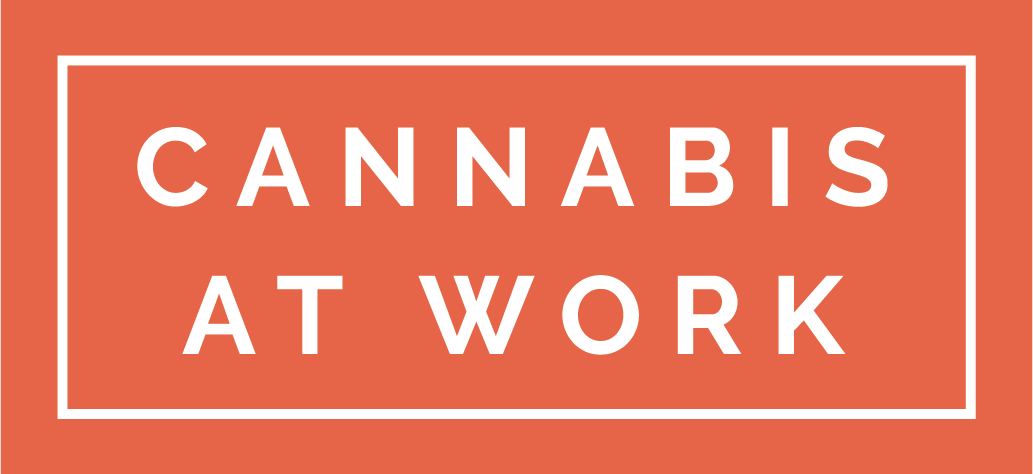We are facing challenging times in the Canadian cannabis sector as companies fight on a daily basis to keep operating in the face of financial constraints caused by excise tax, underfunded working capital, and weak public markets performance. We’re also seeing a mix of growth, divestitures, and consolidation that has led to a mixed bag of both hiring and layoffs.
Additional external forces including low unemployment rates and high inflation rates create an even more complex environment that impacts operational decisions, including how to compensate and reward employees. Employee pay is core to any business and directly affects recruitment and retention. Cannabis jobs in Canada are no different.
Low Unemployment
One of the good news stories post-pandemic is that employment in Canada has rebounded quickly. However, the other side of this story is that the unemployment rate is very low and Stats Canada reports that job vacancies are at an all-time high in the first quarter of 2022.
Stats Canada goes on to explain that the manufacturing, retail, and healthcare sectors are all experiencing record-high job vacancies, making it difficult for employers to hire given the low supply of workers. These are all sectors that have transferable talent into the cannabis industry. Low labour supply in these sectors will impact the cannabis industry's ability to draw from these sectors for recruitment purposes.
Ensuring that your organization has competitive pay is going to be key in recruiting and retaining cannabis workers. Employers may be served to set their compensation philosophy to match the market so they are not falling behind in a competitive market.
High Inflation
The Bank of Canada reports that inflation hit 8% (up from the standard target of 2%), and that it will likely get worse before it gets better. Inflation is being driven by the pandemic, and the Russian invasion of Ukraine continues to drive up the price of energy and other commodities. The Bank of Canada is implementing strategies to bring inflation back down to target levels, with the goal of doing this in a timely manner so as to not allow high inflation to become entrenched.
When inflation rises, employees are impacted because their buying power is weakened. The vicious cycle of inflation can lead to increased labour costs because workers want to keep up with the higher cost of living.
However, it’s also worth noting that inflation and wage increases are not the same. Inflation represents changes in the cost of a market basket of goods, while wages are driven by changes to supply and demand for labour. While inflation can impact wages, it’s important to maintain a clear perspective that they are fundamentally driven by different forces.
During “regular'' economic times, companies tend to increase their (already competitive) salaries by approximately 2% a year to stay in line with changing consumer price index, keeping inflation and wages in balance. This is a different scenario than we are facing today, during which we have high inflation caused by discrete events—a global pandemic and war—that are impacting inflation temporarily. Inflation rates will drop back down to manageable levels and employers must be careful how they adjust wages in the interim as wages are sticky.
Once wages go up, they typically don’t come down. Providing large increases to salaries to try to combat inflation is a risky approach because it could represent an unsustainable cost to the business once inflation levels correct. It could even lead to job loss down the road. It’s also a moving target, which is hard to manage.
Companies will likely be adjusting salaries by a few percentage points to account for cost of living, but these increases won’t match inflation—and they shouldn’t. Maintaining competitive salaries and making adjustments is necessary, but drastic increases due to inflation are not prudent in the long run. Not only is it risky to the business, but it reinforces inflation and can lead to high inflation rates becoming entrenched, which become much more difficult to correct without significantly damaging the economy.
In the short term, it is employees who bear the burden of decreased buying power. That’s undeniable and seems unfair. However, to be frank, that’s the point of government interventions like increasing interest rates; it’s to slow down economic activity. This helps realign demand (what households and businesses are willing to buy) with supply (goods and services that the economy can produce).
Employees that are unhappy with perceived low wages may look for other employment to try to combat their decreased buying power. Given the low employment rate, they will likely have options if they want to jump ship. Given this complex environment, it is now more important than ever to understand the market forces impacting your wages and compensation structure.
Communication continues to be an important tool to illustrate the total rewards that an employee receives from their employer. Do you pay competitively? Then communicate that. How do you know? Use market compensation data to tell the story.
It may also be smart for employers to do basic communication and education on inflation so that employees understand that their short-term financial position is affected by external forces and things will change over time.
No one knows how long we will be faced with high inflation. The only way you can continue to evaluate a dynamic situation is by staying on top of the changing conditions relative to your baseline. Companies that are chronically underpaying will have a hard time retaining their staff. Overcorrecting for inflation is risky, too. Having a competitive but prudent position is going to be key as we weather this storm. Cannabis companies with tight operating budgets need to carefully weigh their compensation decisions.
The Cannabis Industry Salary Survey is one important tool in your toolbox. The survey benchmarks 80 cannabis jobs in the cannabis sector and provides compensation data that can be used for internal decision-making. The only way to receive the data is to participate, and participation is free. To sign up or learn more, contact us.

